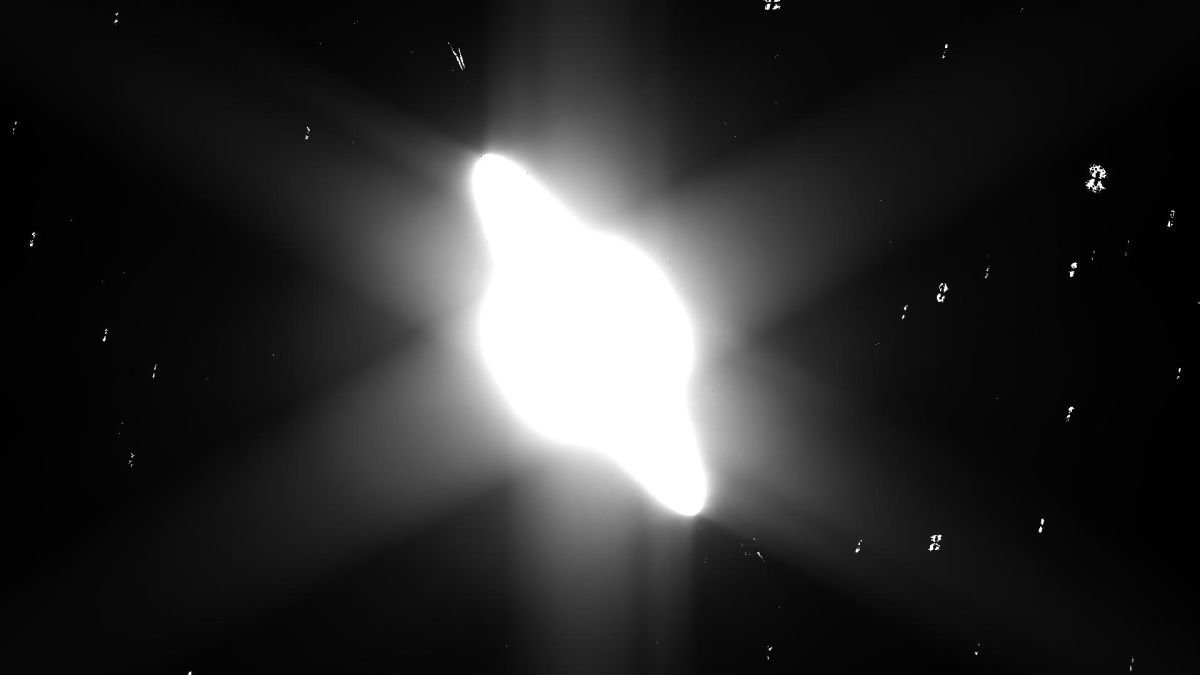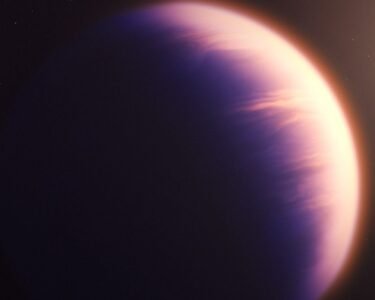The James Webb Space Telescope, a marvel of modern astronomy, has been capturing extraordinary images of planets in our solar system. Saturn, the ringed gas giant, is the latest subject of the JWST’s attention. Although these images aren’t ready for public display, the raw snapshots provide a fascinating glimpse of Saturn’s unparalleled beauty.
Capturing the Planets with the JWST
The unofficial JWST feed website recently posted raw pictures of Saturn. This site aggregates data from the powerful James Webb Space Telescope, which has been operational since mid-2023. Taken on June 24 and June 25, these raw black-and-white images offer breathtaking views of Saturn and its famed ring system. They provide an intriguing preview of what the fully processed pictures will eventually look like.
The Art and Science of Imaging with the JWST
How does the James Webb Space Telescope image planets? The European Space Agency (ESA), which operates the JWST with NASA, explains that it’s a different process than traditional film cameras. Images sent back to Earth are in black and white. It takes significant work to convert these raw captures into the stunning visuals we’re accustomed to seeing. But this process is about more than aesthetics—it’s also essential for extracting vital scientific knowledge.
How the JWST Images Work
The ESA illustrates that the number of photons falling on the camera of one of the JWST’s instruments, such as the Near Infrared Camera (NIRCam) and Mid-Infrared Instrument (MIRI), is represented by the number of black-and-white images, or “frames”. A pixel gathering more light is a valuable tool for accurately measuring the light received, a critical process for extracting scientific results from the JWST data.

First Glimpse of Saturn
These initial pictures of Saturn, taken by JWST’s NIRCam, depict the second-largest planet in the solar system in a new light. Despite their raw state, they offer a peek at Saturn’s atmosphere, rings, and many moons. The images were captured as part of a project led by Leigh Fletcher, a scientist at the University of Leicester.

The JWST’s Infrared View of the Universe
The James Webb Space Telescope images planets and the broader universe in infrared, making it the perfect tool to look deeper into the universe and further back in time than ever before. This is due to a phenomenon called “redshift”, which occurs when the wavelength of light from distant galaxies gets “stretched”, shifting it down the electromagnetic spectrum.
The JWST’s Surprising Local Successes
Although it’s an invaluable tool for looking at distant galaxies, the JWST’s images of our solar system have been surprisingly detailed. We’ve received stunning views of the ice giant Uranus, its icy ring system and moons, and images of Jupiter’s bright aurora. The telescope even captured a glimpse of a tiny dwarf planet at the solar system’s edge with its unique ring system.
Conclusion:
From the raw images of Saturn to the spectacular views of Uranus, Jupiter, and beyond, the James Webb Space Telescope is proving to be a game-changer in how we image planets. With every new snapshot, we’re one step closer to understanding the beauty and complexity of our universe.





